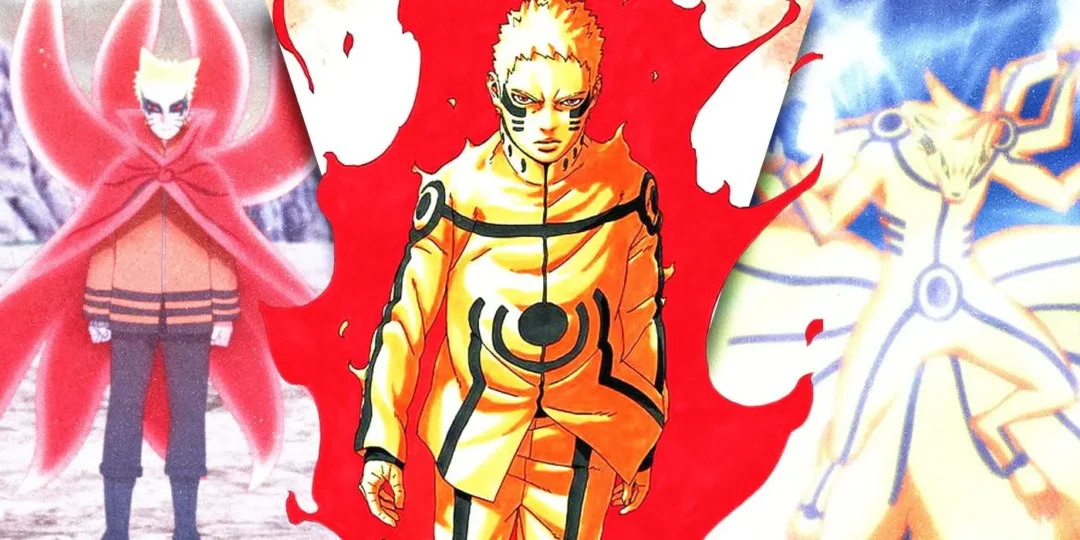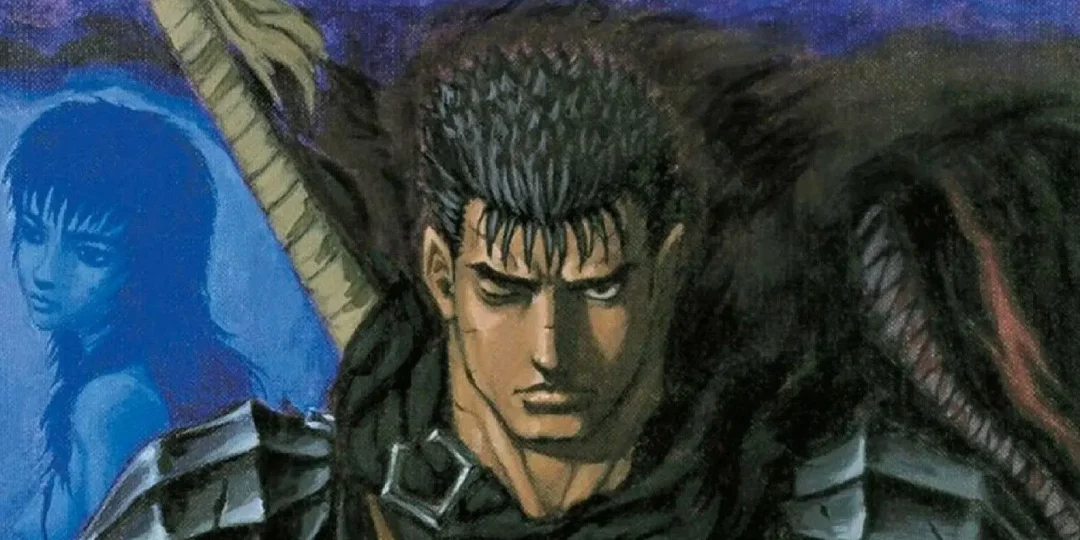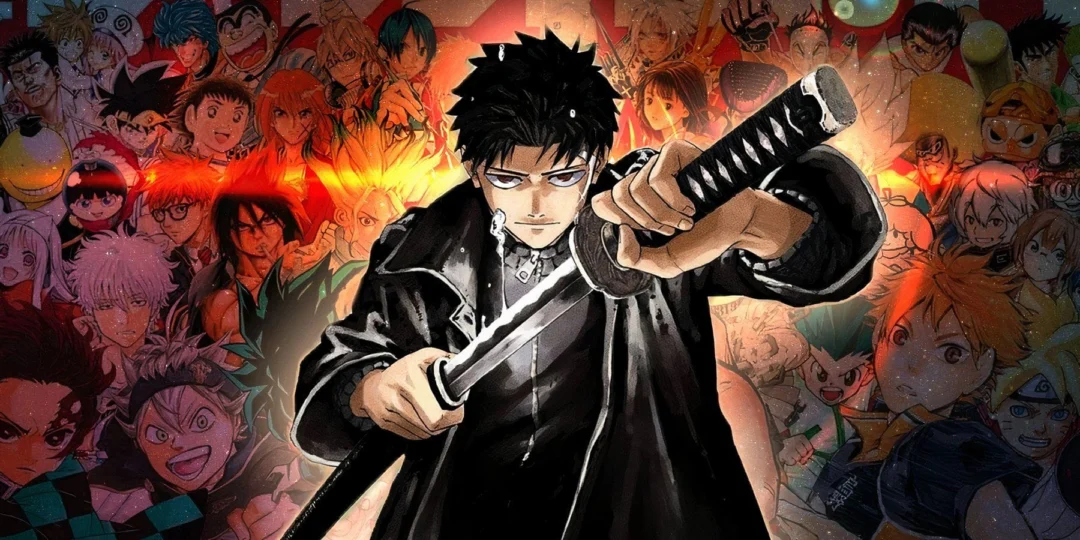Masato Hisa’s historical fantasy manga series, Kamuya Ride, is set to conclude with its upcoming 13th compiled volume. The series, which began serialization in January 2018, will bring its epic narrative of ancient Japanese deities and heroes to a close.
The Journey of Kamuya Ride
Kamuya Ride launched in LEED Publishing’s Comic Ran Twins magazine in January 2018. The manga later transitioned to LEED Publishing’s Comic Border manga website, with its 59th chapter moving online on September 13, 2024. The 12th volume of the manga was released on February 13.
The series is a compelling blend of action, adventure, fantasy, and historical elements, primarily set in a fictionalized version of Japan’s Kofun period (250-538 AD). The story unfolds roughly 200 years after the Yamato princes brought peace to the Japanese islands by defeating earthly gods’ clans and sealing away the deities themselves. However, the peace is threatened as some begin to undo these ancient seals, leading to a resurgence of conflict.
A Hero Rises Against Ancient Deities
At the heart of Kamuya Ride‘s narrative is its titular hero. The story follows Prince Ousu, who would later be known as Emperor Yamato Takeru, as he embarks on a campaign to suppress a rebellion. During his journey, he encounters Monko, a peddler who utilizes haniwa (clay) statues to transform into Kamuya Ride, a powerful warrior capable of confronting the reawakened earthly gods. Together, Kamuya Ride and Prince Ousu must navigate the treacherous landscape of warring clans and ancient divine powers to restore balance to the kingdom.
Masato Hisa’s Distinctive Style
Creator Masato Hisa is well-regarded for his unique artistic style and his ability to weave historical settings with fantastical elements. Prior to Kamuya Ride, Hisa gained recognition for his manga Nobunagun, which ran from 2011 to 2015 and inspired a television anime adaptation in 2014. He also contributed his artistic talents to the manga adaptation of the Batman Ninja anime. His work often incorporates elements of Japanese ancestral culture, drawing from periods like Jomon.










